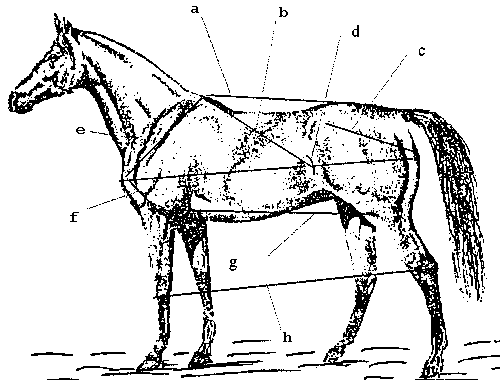
Menu
The American Trakehner Association, Inc. is the official organization supporting the Trakehner Horse in North America. The ATA has fulfilled this role for more than 50 years.
Founded in 1974 by a dedicated group of Trakehner enthusiasts, the ATA is the longest-running Trakehner organization outside of Germany. The ATA is the only Trakehner organization in North American affiliated with and supported by the Trakehner Verband. It is also the only Trakehner organization in North America that is a member of the World Breeding Federation For Sport Horses (WBFSH), the international organization formed under the auspices of the FEI to promote horses in sport. No other Trakehner registry has that status, or the bona-fides that 50 years of history provides.
Welcome to our website. On these pages, you will find the information you need about Trakehner horses and the ATA’s vital role in supporting and promoting Trakehners in North America. Trakehners are special – their history as survivors of the Second World War has placed them in the unique position to become the preeminent sport ambassadors within warmblood breeds, especially in the disciplines of Dressage and Eventing. The Trakehner horse is also the first warmblood breed to be credited by UNESCO with Intangible Cultural Heritage status.
Finally, we invite you to join our Trakehner family – the ATA’s members are united in their support of Trakehners across the world, and of each other in their efforts to breed, show, and compete Trakehners in sport. Our new website will make that process easier than it ever has been.
The contents and photographs of this website are copyright-protected. Do not copy the photos or images for any reason or use them without written permission. They are the property of the photographers and the people who have paid for the right to use them. The American Trakehner Association website is an official publication of The American Trakehner Association, Inc. Reproduction of any material without written permission is prohibited.
For corrections or changes to the content of this website, please contact [email protected]
The use of this site is governed by a Terms of Use Agreement. By using this site you acknowledge that you have read the Terms of Use Agreement and accept its terms and conditions.
© 1998 - 2024 – All rights reserved. American Trakehner Association.

a – the back (withers to peak of croup)
b – the body (point of shoulder to point of buttock)
c – the pelvis (point of hip to point of buttock)
d – the rib length (withers to last rib)
e – the shoulder (withers to point of shoulder)
f – the arm (point of shoulder to point of elbow)
g – the elbow to the stifle
h – the knee to the hock